Does HIFU hurt?
To be honest with you – yes, it does usually hurt. Most people find HIFU treatment to be uncomfortable or even painful. Your practitioner may offer you a form of pain management beforehand.
That said, most of the discomfort or pain occurs during the treatment, so it’s short-lived. After the treatment, you may have some redness, swelling and soreness in the treated area, but this discomfort is likely to be minor.
Where can I get HIFU?
You can use the Find a Practitioner tool on this website to find a practitioner for HIFU.
When looking for a practitioner for HIFU, bear in mind that the UK has essentially no regulations covering who can use HIFU devices for aesthetic treatments. HIFU is a powerful technology and a serious treatment, even for aesthetic purposes rather than medical purposes, but a practitioner needs no more qualifications to use a HIFU device than to use a hairdryer.
Because of this lack of regulation, it’s vital that you ensure your practitioner is skilled and experienced at using HIFU to produce the results you’re looking for.
How much does HIFU cost?
HIFU costs vary depending on the treatment and the practitioner or clinic, and the brand of HIFU, but the following prices are fairly typical:
-
- £350 – £500 for upper face treatment
- £800 upwards for full face treatment
- £2,000 for full face and neck treatment
- £500 for treatment of the décolletage
- £400 for tummy tightening
How long does HIFU take?
HIFU treatment typically takes 30–90 minutes, depending on the extent of the treatment. For example, a brow treatment may take only 30 minutes, while treatment of the full face and neck may take 90 minutes.
How long does HIFU last?
The effects of HIFU treatments typically last for around 18 months. If you have a treatment that combines HIFU with other technologies, such as radiofrequency, the effects may last longer.
You may find that HIFU treatment has a small immediate effect on the tautness of your skin, but the main effect comes from the increased collagen production that the treatment stimulates. This takes several months, so you are likely to see the full effect of HIFU treatment only after three to six months.
Are there any side effects to HIFU?
HIFU is considered a safe and effective procedure for tightening skin on the face and neck. That said, HIFU may have various side effects.
The following are the most typical side effects of HIFU:
- Redness. The treated area may be slightly red for a few hours after treatment.
- Swelling and tenderness. The treated area may be somewhat swollen or tender for several weeks after treatment.
- Tingling sensation. You may feel tingling in the treated area for several weeks after treatment.
These two side effects occur more rarely:
- Bruising. The treated area may exhibit bruising for one to two weeks.
- Local numbness. Parts of the treated area may feel numb for up to two weeks.
Another potential but unlikely side effect of HIFU is melting fat in the face. See the next section for more information.
Does HIFU melt face fat?
You can find reports on the web of HIFU facelift treatment melting fat in the face. This perhaps isn’t too surprising, because HIFU is also used as a fat-melting treatment – for example, to melt abdominal fat. But if you’re already losing fat in your face, as tends to happen as you age, you likely don’t want to lose any more of this essential padding.
HIFU practitioners say that fat loss in the face should never occur if the HIFU device is being used correctly. This is another reason to make sure that you choose an experienced practitioner for your treatment.
If fat loss in the face does occur, the fat is permanently lost – it can’t be restored.
What’s the difference between Ultherapy and Sofwave?
Sofwave and Ultherapy use different methods to achieve similar results. Both are for tightening and lifting the skin and smoothing lines and wrinkles by stimulating new collagen and elastin, and both can be used on the face, jowls, neck, decolletage and brow areas. The main difference is that Ultherapy works much deeper under the skin to create the kind of structural change that some liken to a non-surgical facelift. Sofwave on the other hand, works more superficially within the skin itself, making it safe to use from the top of the forehead down to the bottom of the neck without any risk of nerve injury or fat loss (minor risks associated with Ultherapy).
What is it like to have HIFU?
The exact details depend on the type of HIFU treatment you’re having, but generally it is something like this:
- You meet your chosen practitioner to discuss your goals. The practitioner examines you and develops a treatment plan.
- You may find the HIFU treatment uncomfortable or painful – many people do. The practitioner may offer you pain relief before the treatment. One option is Ibuprofen to reduce your perception of the pain. Some clinics also offer diazepam (Valium). Because the treatment area is well below the surface of the skin, numbing cream isn’t an effective option for pain relief.
- The practitioner will apply an ultrasound gel to the treatment area.
- The practitioner works the treatment head of the HIFU device over the treatment area. The practitioner may need to make multiple passes over the area using different settings to make the ultrasound waves strike different depths beneath the surface.
- The treatment head delivers short bursts of focussed ultrasound waves. You’ll feel each burst as a zinging little pulse.
Clinics advertise HIFU as needing no downtime afterwards, but the treated area may be somewhat reddened and swollen, so you might not want to go straight back to the office.
Results show after three months, with the full effect after three to six months.

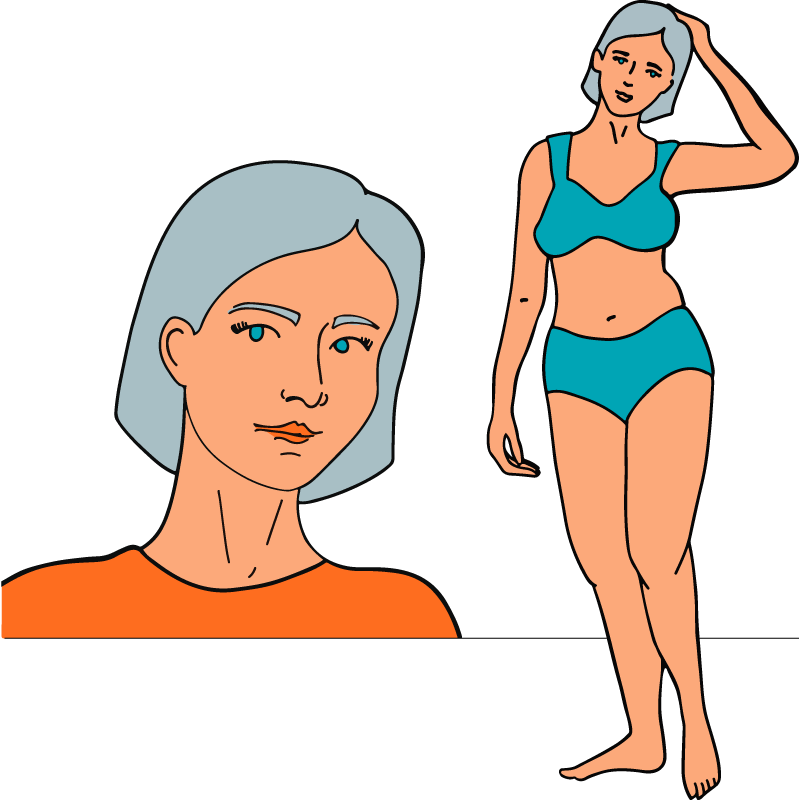

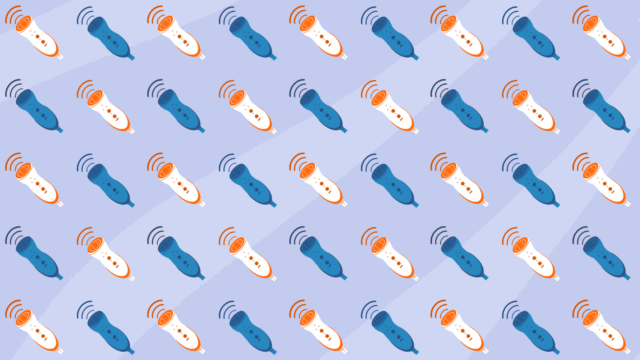

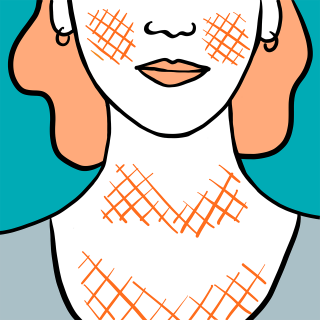
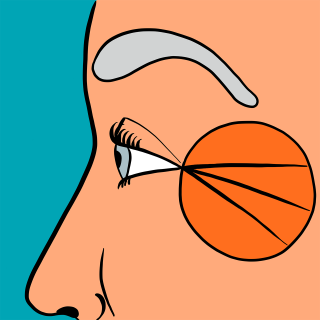


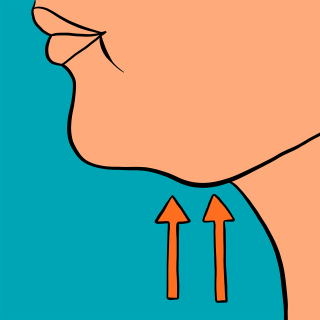
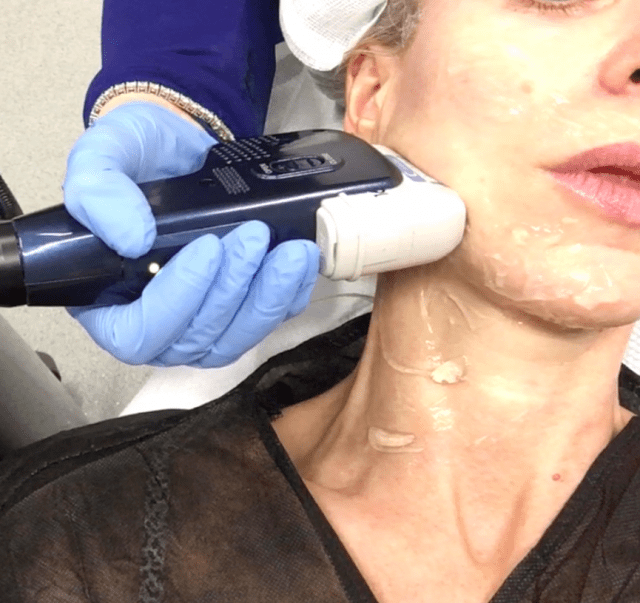
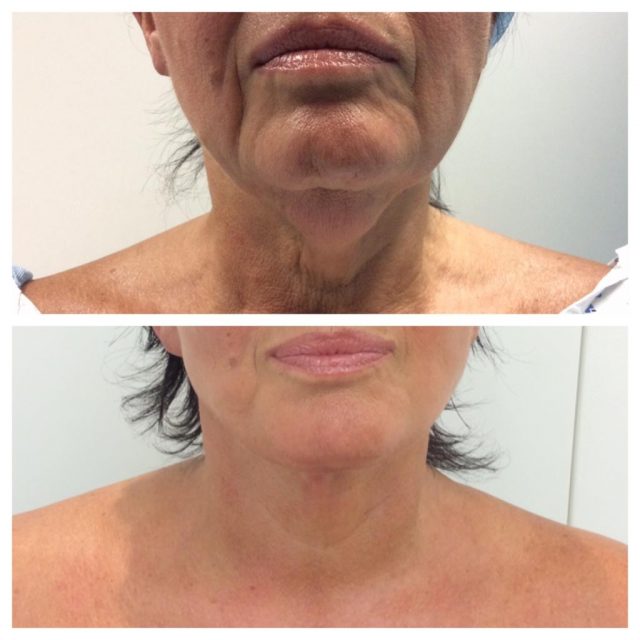
 The Tweakments Chatbot
The Tweakments Chatbot